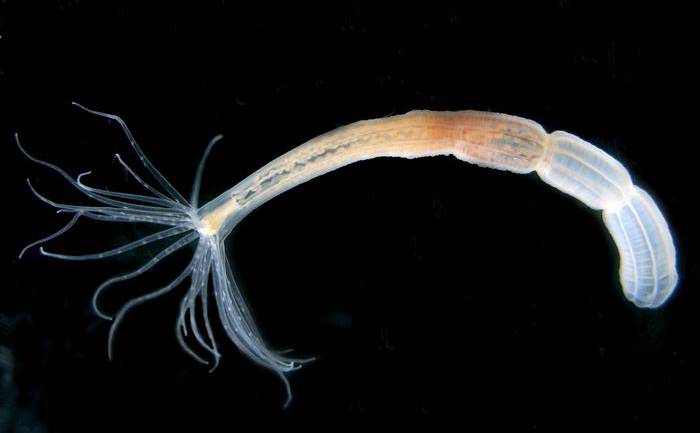Researchers at the University of Vienna have identified potential multipotent stem cells in the sea anemone Nematostella vectensis, a creature known for its remarkable regenerative abilities and potential immortality. This discovery could provide new insights into stem cell regulation and the aging process in humans.
The study, published in Science Advances, reveals that these stem cells are regulated by genes that have been conserved throughout evolution. In humans, these genes are typically only active during the formation of egg and sperm cells. However, in ancient animal groups like cnidarians, they appear to grant an extraordinary capacity for regeneration and potentially even the ability to escape aging.
Unraveling the Secrets of Stem Cells
Stem cells play a crucial role in the constant renewal of various cells and tissues in the human body, including blood cells, skin, and hair. As we age or develop certain diseases, our stem cells may lose their ability to regenerate or decrease in number. This makes stem cell research particularly valuable for biomedical applications.
While humans and most vertebrates have limited regenerative capabilities, some animal groups possess far stronger regeneration mechanisms. The sea anemone Nematostella vectensis is one such creature, capable of asexual reproduction through budding and showing no signs of aging.
Using a cutting-edge technique called “Single Cell Genomics,” the research team identified a large population of cells in the sea anemone that form differentiated cells such as nerve cells and glandular cells. These cells are strong candidates for multipotent stem cells, which can develop into multiple cell types.
First author Andreas Denner from the University of Vienna explains, “By combining single-cell gene expression analyses and transgenesis, we have now been able to identify a large population of cells in the sea anemone that form differentiated cells such as nerve cells and glandular cells and are therefore candidates for multipotent stem cells.”
Ancient Genes and Immortality
The potential stem cells identified in the study express two evolutionarily conserved genes: nanos and piwi. These genes are known to enable the development of germ cells (sperm and egg cells) in all animals, including humans.
To further investigate the role of these genes, the researchers used CRISPR gene-editing technology to specifically mutate the nanos2 gene in the sea anemone. This experiment proved that the gene is necessary for the formation of germ cells in these creatures, mirroring its essential function in other animals.
Lead researcher Ulrich Technau and his team believe this gene function emerged around 600 million years ago and has been preserved to this day. The discovery of these ancient genetic mechanisms in a potentially immortal creature raises intriguing questions about the nature of aging and regeneration.
Why it matters: Understanding the mechanisms behind the sea anemone’s regenerative abilities and potential immortality could have far-reaching implications for human health and longevity. By studying how these ancient animals regulate their stem cells, researchers may gain insights into ways to enhance human stem cell function, potentially leading to new treatments for age-related diseases or even methods to slow the aging process itself.
The identification of these multipotent stem cells in the sea anemone opens up new avenues for research into regenerative medicine and aging. Future studies will focus on investigating which specific properties of the sea anemone’s stem cells are responsible for its potential immortality. This research could pave the way for novel approaches to extending human healthspan and potentially even lifespan.
As scientists continue to unravel the mysteries of stem cell regulation across different species, we may be one step closer to understanding the fundamental processes that govern aging and regeneration in all living organisms.
Andreas Denner, Julia Steger, Alexander Ries, Elizaveta Morozova-Link, Josefine Ritter, Franziska Haas, Alison G. Cole, Ulrich Technau. Nanos2 marks precursors of somatic lineages and is required for germline formation in the sea anemone Nematostella vectensis. Science Advances.
DOI: 10.1126/sciadv.ado0424


